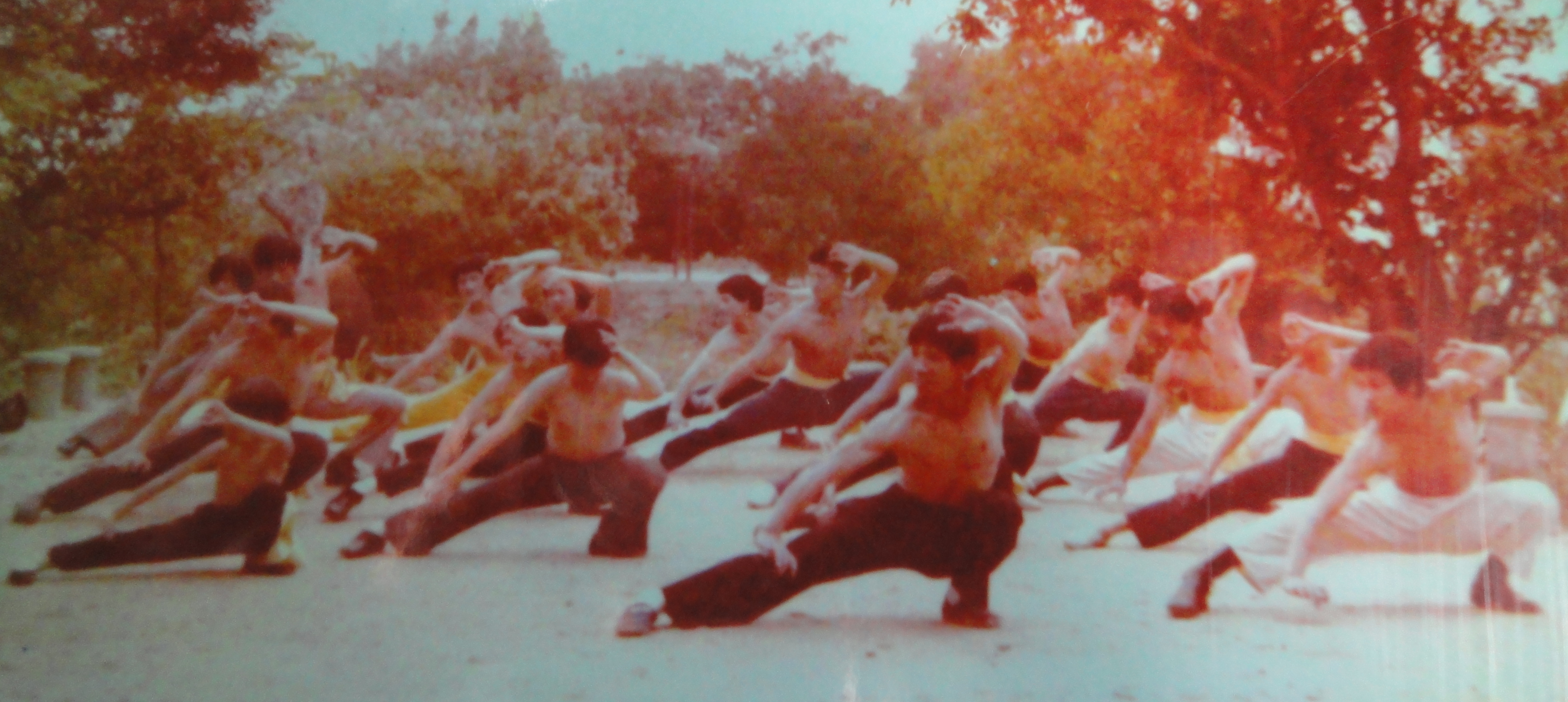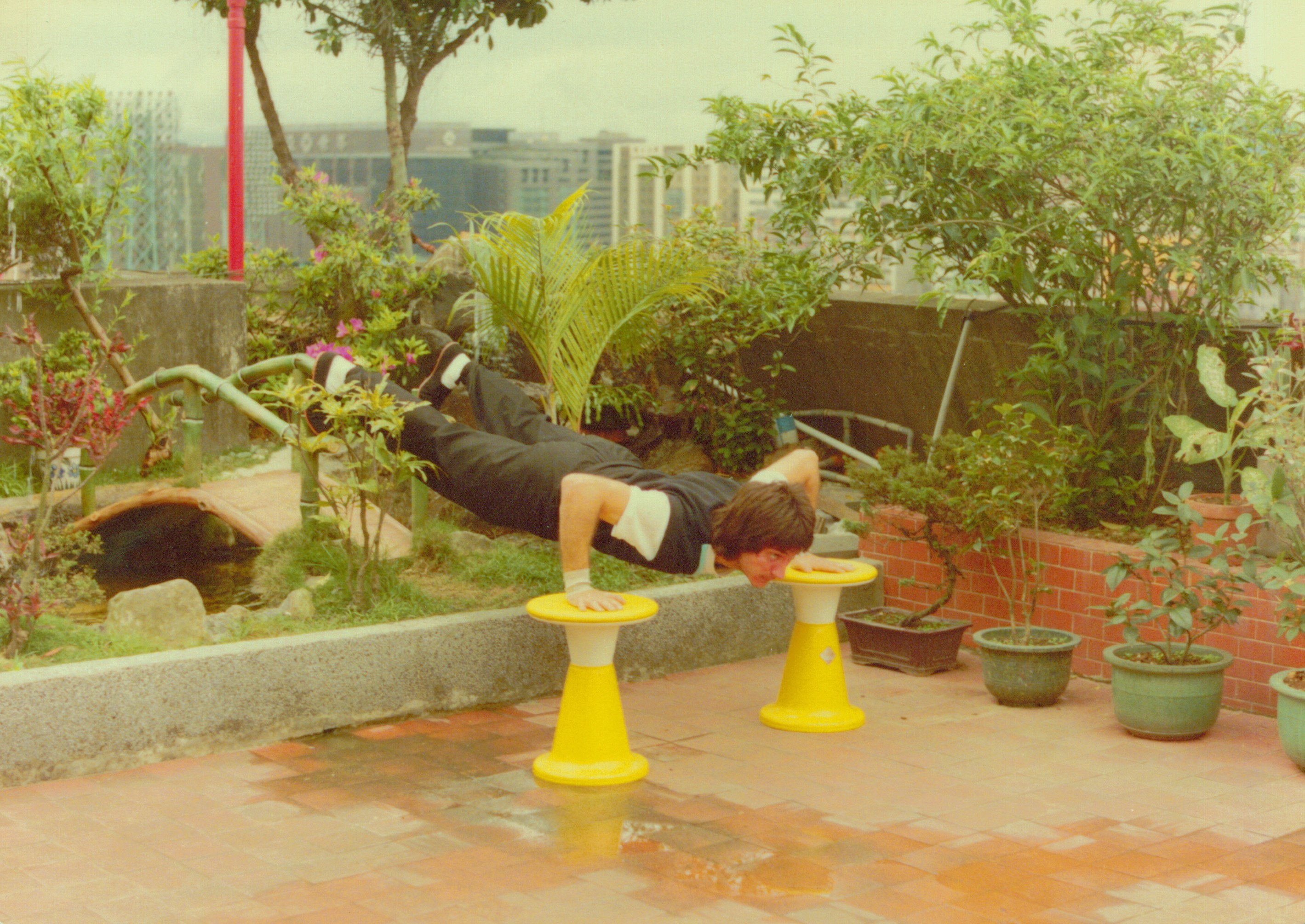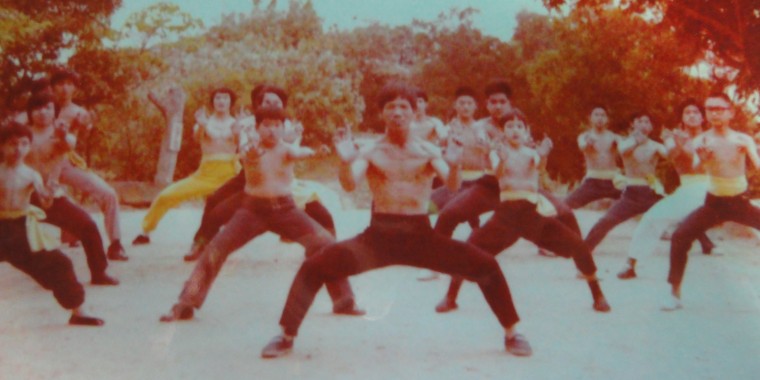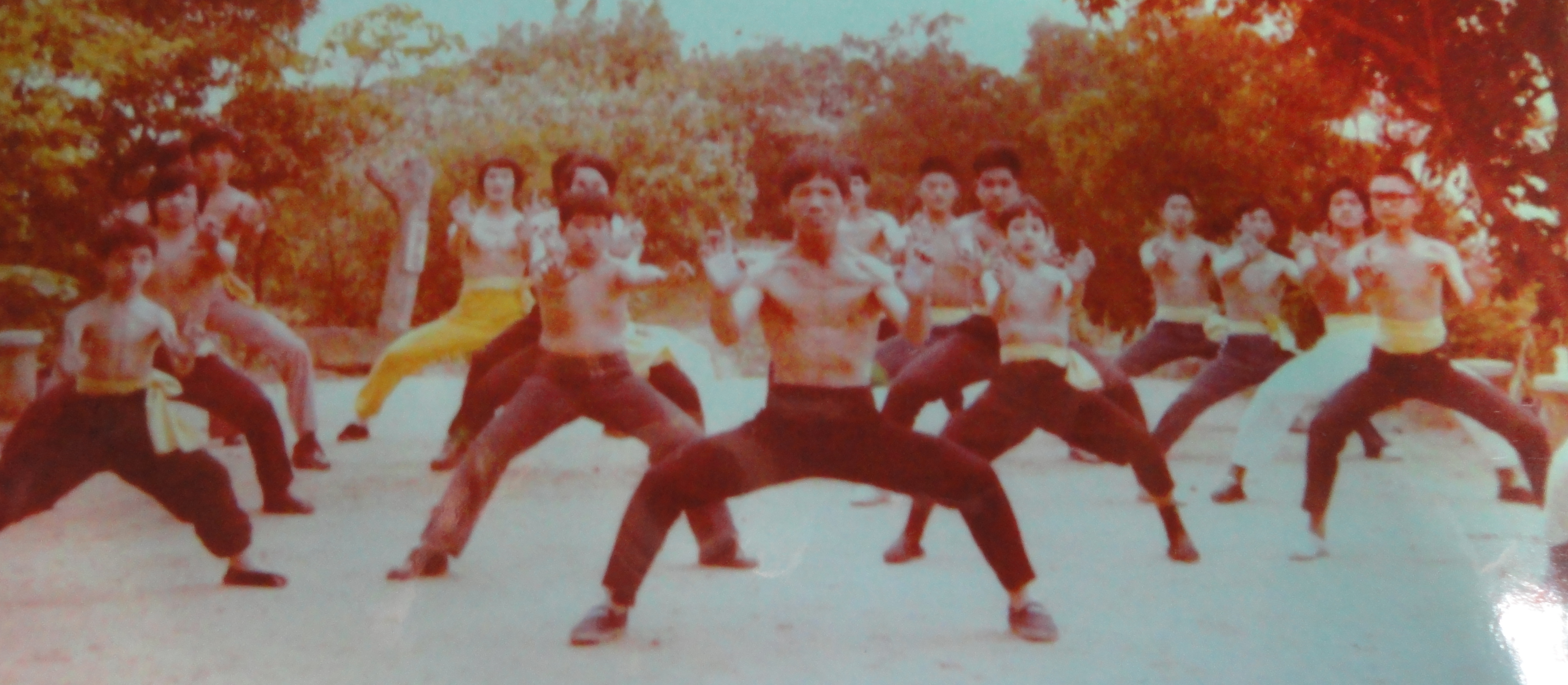Take this Quick Test to Evaluate your Martial Arts Skill
Take this Quick Test to Evaluate your Martial Arts Skill
People often overestimate their own abilities and underestimate their shortcomings. Studies have shown that an individual’s score on a basic knowledge test declines as their level of confidence in their performance increases. This is often the case in martial arts training as evidenced by the great number of out of shape “black belts” or those who claim to have been training for many years when they are simply counting the years since their first martial arts class without acknowledging their actual weekly training routine or lack of one.
The best way to test your skill and ability is through benchmark training. If you can establish a starting point then you can check your progress over time and you will know if you are really improving or not. For a martial artist the three essential skills are speed, power and technique. There are many different martial arts related skills that you may use for evaluation. Below are the guidelines for a quick and easy Three minute skill test for martial arts.
This quick test focuses on leg strength, punching speed and balance all three skills can be evaluated quickly and honestly and are easy to revisit as your training progresses.
- Horse Stance – begin with feet twice your shoulder width apart and bend the knees until the thighs are parallel to the floor (keep the back straight), now place a staff across the thighs and hold the arms in front of the chest with the palms together. Do not use your belly to hold the staff in place. Hold for 1 minute. If the staff falls off before the minute is up record the time you were able to hold the stance before the staff fell off.
- Punching Speed – stand in horse stance and hold the left open hand next to your right shoulder and the right fist close to the right shoulder, when you start the timer you will punch out to full extension and bring the punch all the way back to the shoulder as many times as possible in 30 seconds your goal is more than 90 punches in 30 seconds, repeat on the left side, your score is the number of punches thrown in 30 seconds (you will have two scores, one for each arm).
- Balance Drill – lift one leg off the ground so that the thigh is parallel to the ground and the foot is hanging below the knee with the foot flexed set the timer for 1 minute and close your eyes, if you lose your balance by putting your leg down or moving your supporting foot at all the drill is over, your score is the amount of time you were able to hold the stance without moving or losing your balance.
There are many other skills and abilities you may utilize in order to track and evaluate your training. At the Shaolin Wu-Yi Institute we use an 11 category evaluation to test basic skills including speed, power, focus, footwork, flexibility, endurance, agility and balance. Remember to train hard and be honest with your progress. If you are not making the gains you would like then change your training methods or allow more time to practice. Remember martial arts are 99% practice and 1% theory. Determination and willpower are the keys to successful training, be honest with yourself about your goals and progress and nothing will be left to stand in your way.
The Unknown History of Taiwanese Five Animals Kung Fu
The Unknown History of Taiwanese Five Animals Kung Fu
Southern Shaolin Five Animals / Hung Ga Quan
by Travis Alschbach

Master Chang Ke Chi and students practicing Gong Zi Fu Hu Quan “Tiger Taming Fist” 1970’s Taiwan, R.O.C.
The Five Animals martial arts are synonymous with the Southern Shaolin Temple. The southern temple was lost during the Qing dynasty but the martial arts that originated there have spread around the world. There are countless derivative styles that have evolved and claim their origin from the southern Shaolin temple. Some of the main schools include Hung Ga, Li Ga, Lau Ga, Mok Ga and Choy Ga. Some of the derivative styles include Bai He (white crane), Yong Chun (wing chun), Choy Mok, Hung Fut, Cai Li Fo (choy li fut), Dragon style, Wu Zu Quan and Bak Mei.
The most widespread and easily recognizable of the southern Shaolin styles is the Hung Fist which originated in Fujian and Guangdong provinces during the Qing dynasty (1644-1911). The martial historian Tang Hao wrote that after examination the Five Animals of Shaolin are no different than the Hung Fist from Canton. Since its development in the Qing dynasty many distinct branches have become popularized. Some of the various Hung Ga schools are:
- Hung Ga Tiger and Crane school of Lam Sai Wing including the Taming the Tiger, Tiger Crane, Five Animals & Five Elements and Iron Wire forms, descended from Luk Ah Choi and mainly developed by Lam Sai Wing
- Zhanjiang Hung Ga also called called Ha Say Fu Hung Ga includes an individual sequence for each of the five animals as well as many unique weapon sets
- Five Pattern Hung Ga with an individual form for each of the five animals, attributed to Ng Mui and Miu Hin
- Southern Shaolin Hung Ga of Wong Kiew Kit which contains a unique Tiger Crane pattern as well as Tiger & Dragon, Black Tiger Claw and others, descended from Jiang nan
- Taiwanese Five Animals commonly called Hong Quan “Hung Fist” in Taiwan. This style includes an individual form for each of the animals as well as 18 Lohan Palms, Taming the Tiger, Southern Eagle, Tiger Crane and Snake & Cat , some of the more exotic weapons of Taiwanese Hung Ga include the folded fan, long handled hook and umbrella
The Five Animals Hung Ga was brought to Taiwan from Guangdong province around 1946 by Lin Jia Kun. arrived . Lin was a soldier in the Nationalist Army and came to Taiwan with the retreating army as the communists overtook mainland China. While in Taiwan Lin Jia Kun taught Chang Ke Chi who went on to become the predominant teacher of the Five Animals Hung Fist in Taiwan. Chang worked both as a teacher and in the martial arts film industry in Taiwan and throughout Asia beginning in the 1960’s.
Due to the large number of practitioners and growth of the style in Taiwan Lin Jia Kun’s Five Animals style is also known as Taiwanese Hung Ga although it originated in Guangdong and Fujian province. The Hung school with its many unique branches remains the most popular and widespread of the southern styles and is the closest representation of traditional southern Shaolin. The style has now spread all over the world with schools throughout Asia including Korea, Japan, Australia, South Africa, Europe, Canada and the United States.





